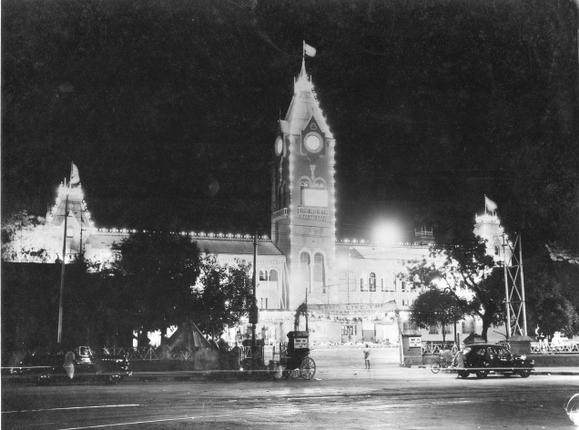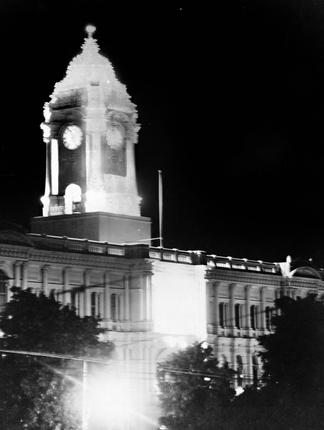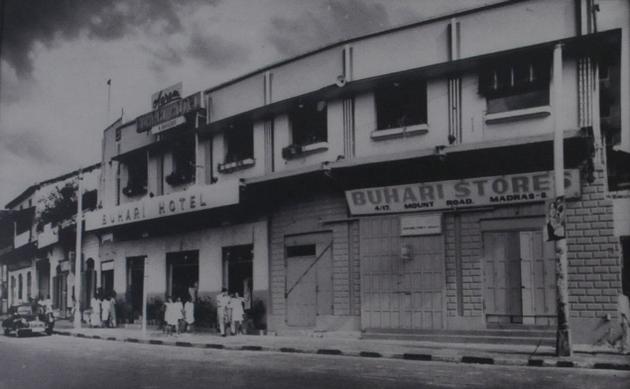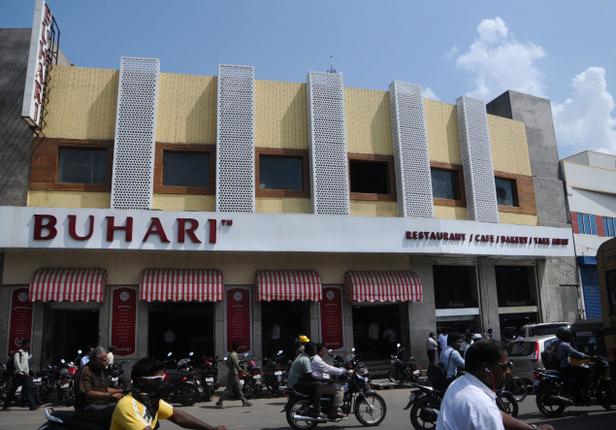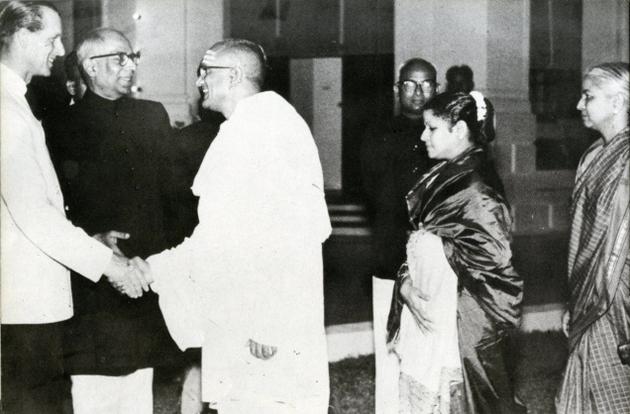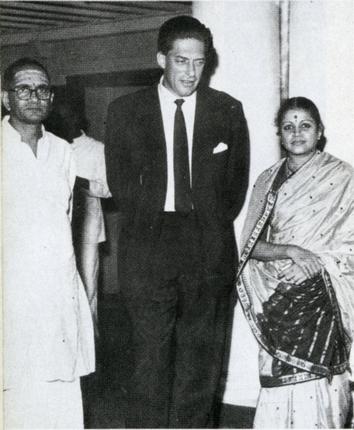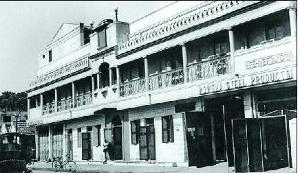Madurai :
Four narikurava children in Devakottai are among the first from the community to enter the stream of formal education, thanks to the efforts put in by teachers and students of a school.
L Chokkalingam, the headmaster of Chairman Manickavasagam Middle School in Devakottai in Sivaganga district, says that he used to find narikurava children loitering around near their school during school hours. “These children were just wasting their time and following their parents around and hence we decided to sensitize the parents on the importance of education,” he said.
The teachers accompanied by many eager students took up the challenge of visiting the narikurava colony which was near to their school at 6am. They had to go at that time so they could talk to the narikurava parents who would leave for work early. The narikurava parents were at first not receptive to the idea of sending their children to school. Undeterred, the students staged plays at the colony to explain the importance of education. The narikurava parents came to watch these plays.
It was Pandimeenal, a narikurava mother, who stepped forward. “We are nomads and migrate often. It was not a problem till we moved around by foot. Now we travel by bus and none of us knows how to read the name of the destination written on the bus. We often end up going to the wrong place, hence we want our children to be educated,” she said.
Pandimeenal had taken it upon herself to ensure that the narikurava children come to school. Today, Simbu, 5, a class 1 student, comes to the school every day along with Packialakshmi , 8, Kartheeswari, 8, and Santosh, 7. Teachers say that the regular students are welcoming of their nomadic peers.
The narikurava children were given new uniforms. As these students were admitted to the classes based on their age, they do have problems with writing skills but all of them excel in sports. “But, they are learning fast,” says Chokkalingam, who has been assured by the leader of the narikuravas that they will not take their children when they move around. Someone would be there at the colony to take care of the children so that they can come to school, says Chokkalingam.
source: http://www.timesofindia.indiatimes.com / The Times of India / Home> City> Madurai / by Padmini Sivarajah, TNN / September 20th, 2014
